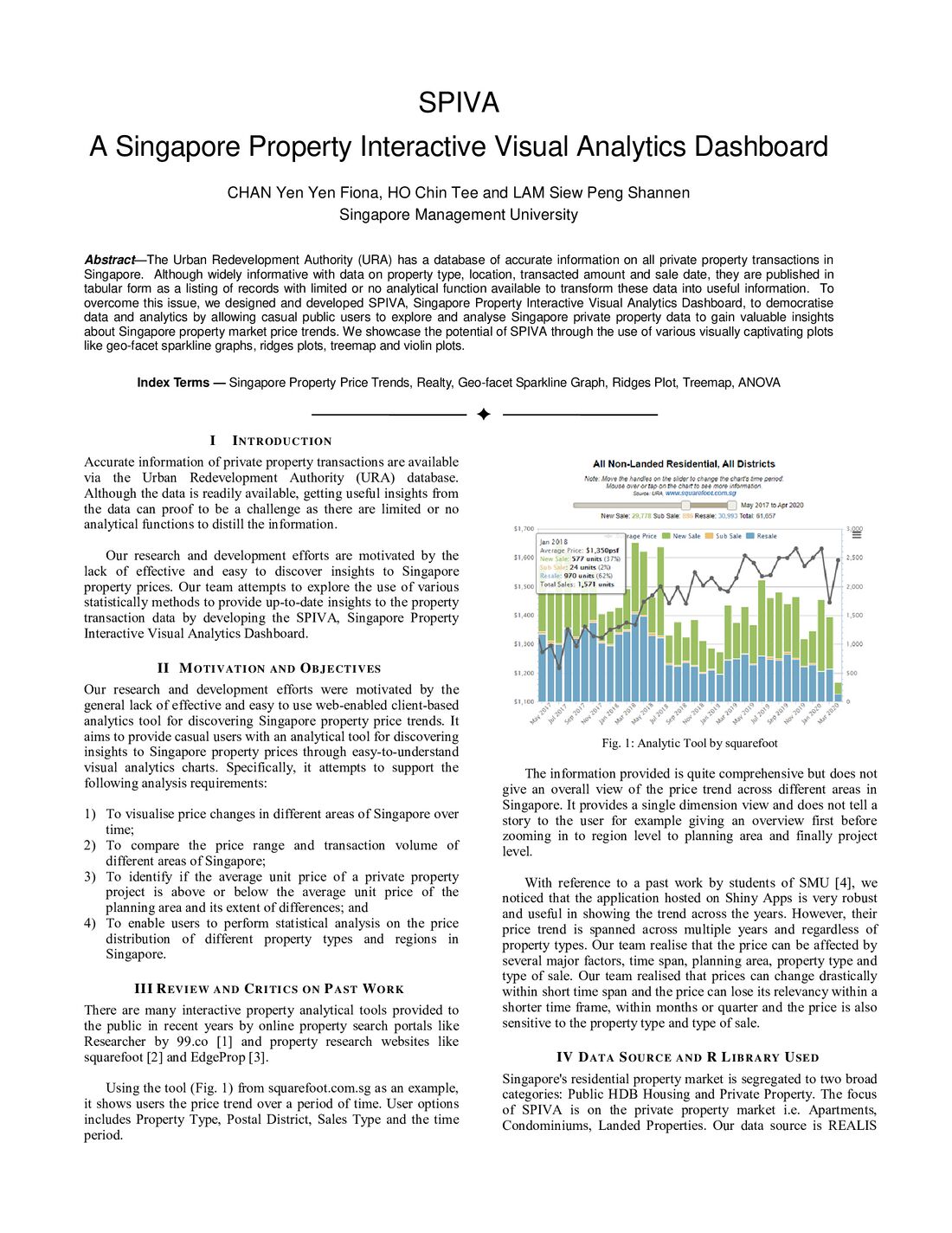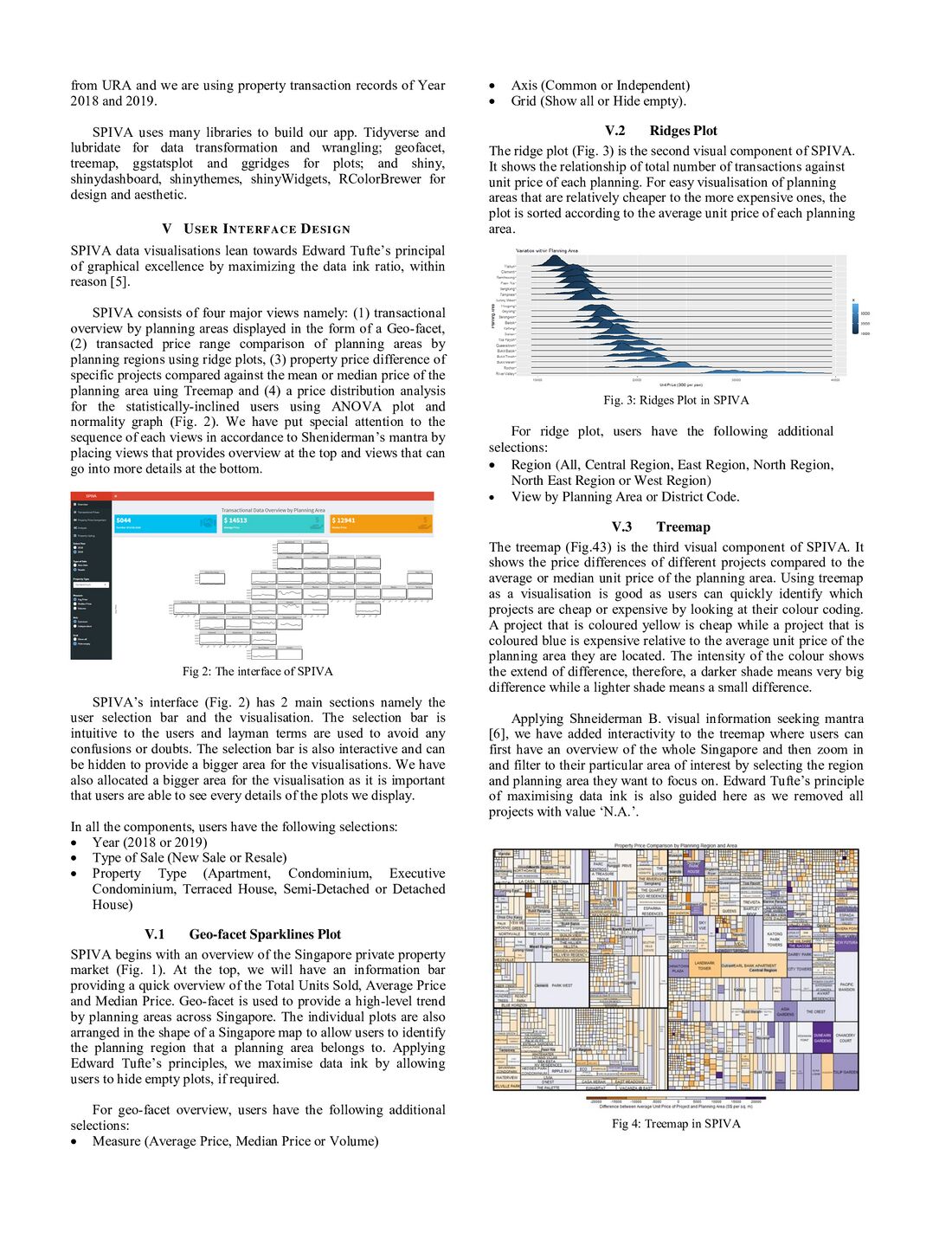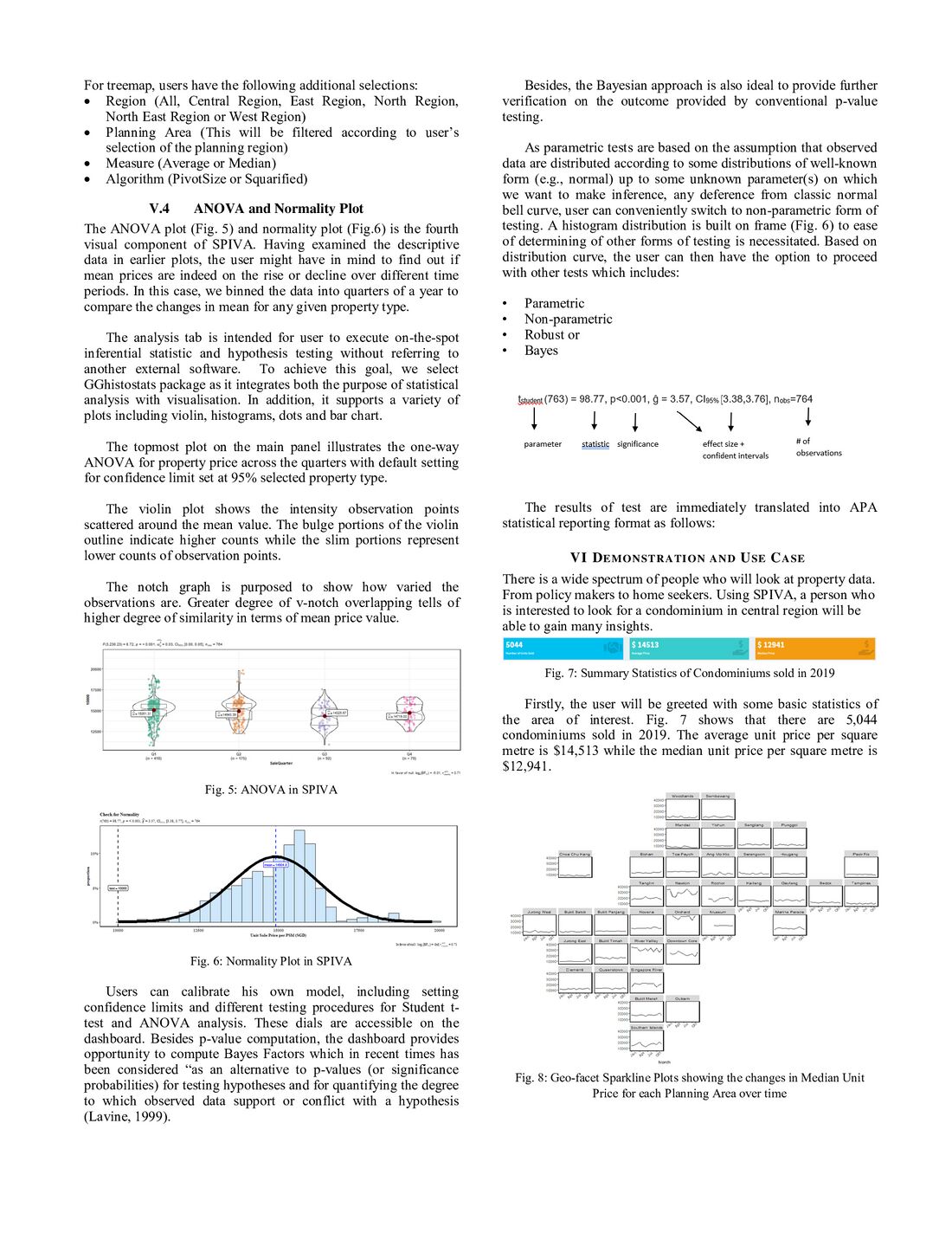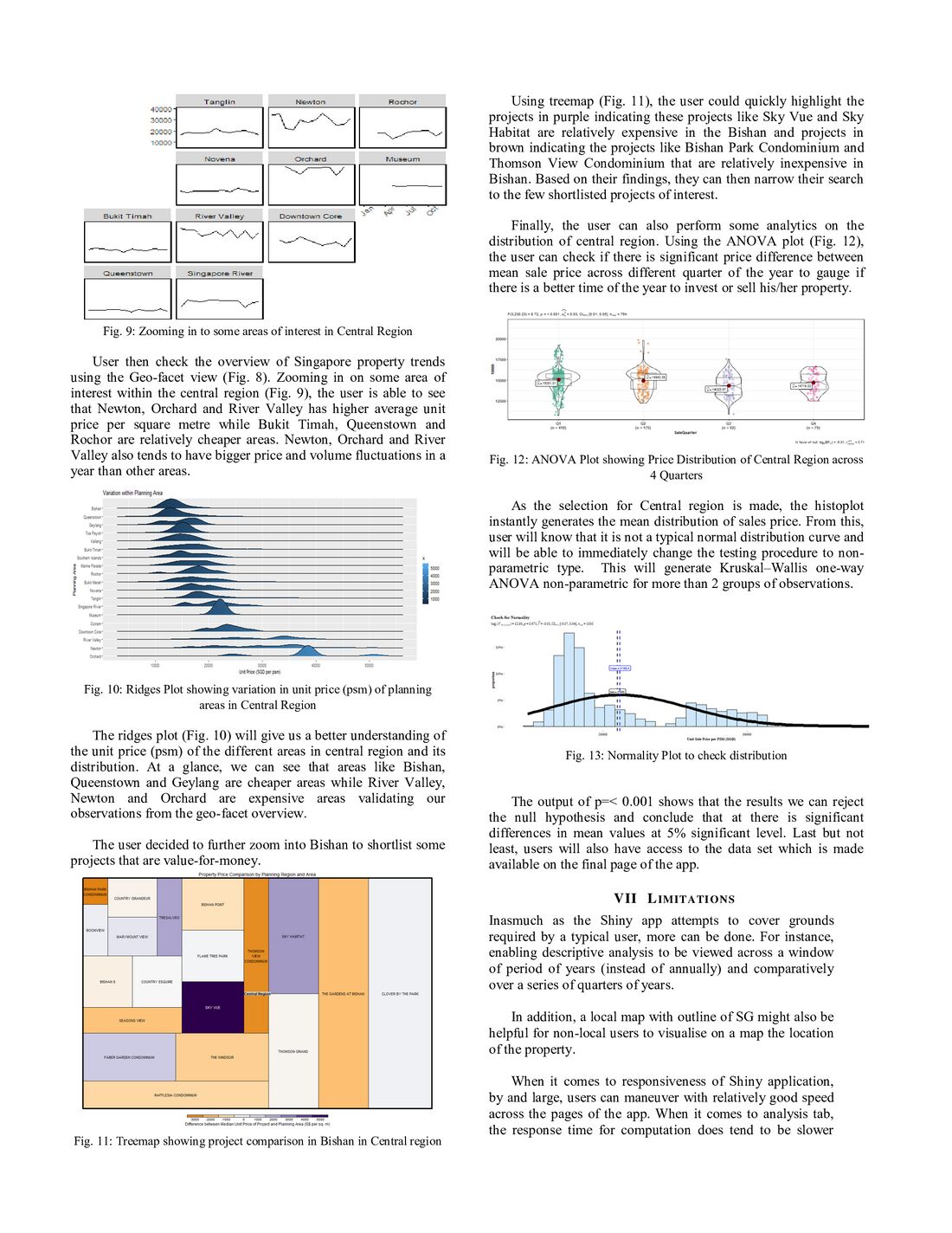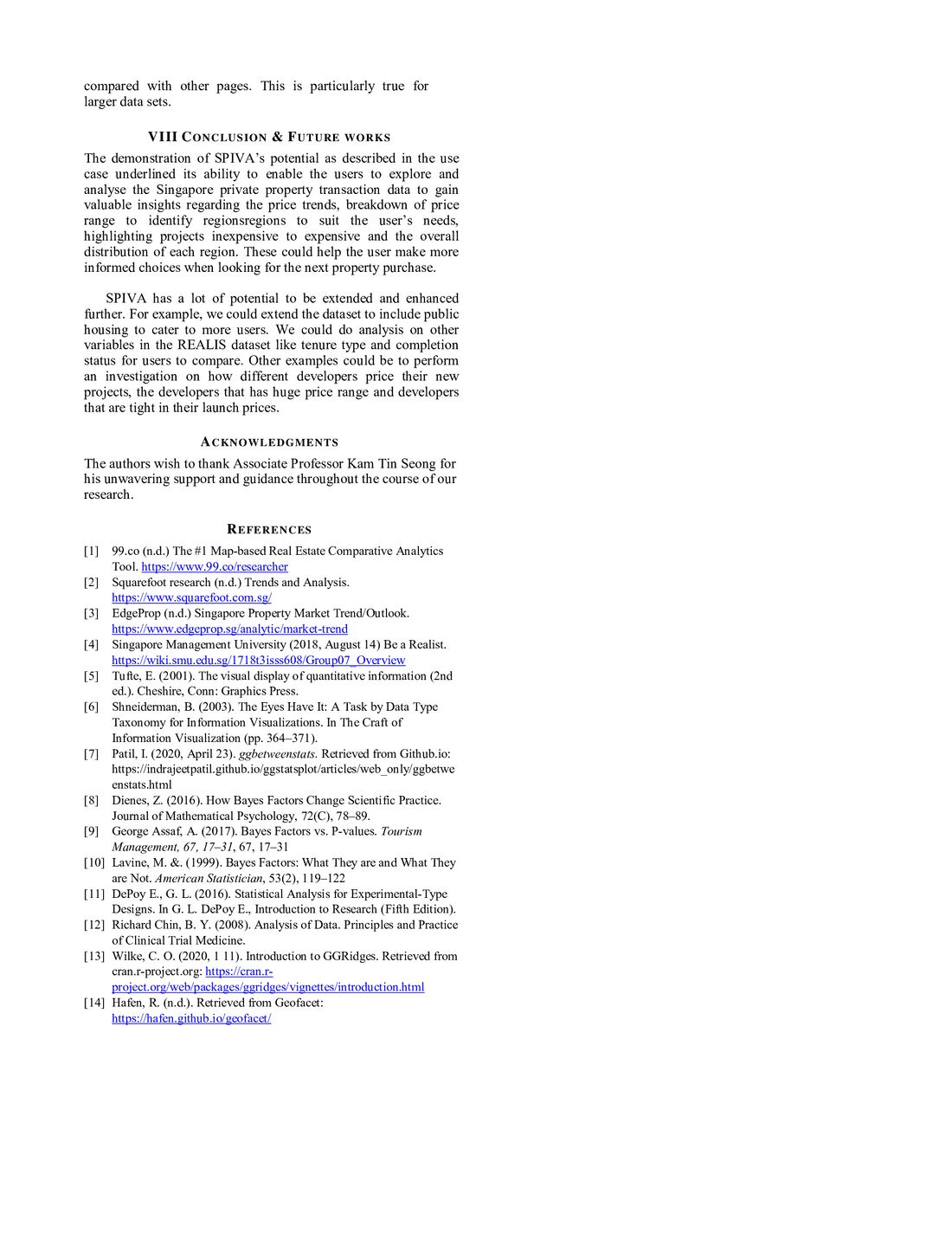Difference between revisions of "Group10 research paper"
Jump to navigation
Jump to search
| (6 intermediate revisions by 2 users not shown) | |||
| Line 2: | Line 2: | ||
<div> | <div> | ||
{|style="background-color:#607080;" width="100%" cellspacing="0" cellpadding="0" valign="top" border="0" | | {|style="background-color:#607080;" width="100%" cellspacing="0" cellpadding="0" valign="top" border="0" | | ||
| − | | style="font-family:Century Gothic; font-size:100%; solid #103080; background:#607080; text-align:center;" width=" | + | | style="font-family:Century Gothic; font-size:100%; solid #103080; background:#607080; text-align:center;" width="20%" | |
; | ; | ||
[[Group10_proposal| <font color="#FFFFFF">Proposal</font>]] | [[Group10_proposal| <font color="#FFFFFF">Proposal</font>]] | ||
| − | | style="font-family:Century Gothic; font-size:100%; solid #103080; background:#607080; text-align:center;" width=" | + | | style="font-family:Century Gothic; font-size:100%; solid #103080; background:#607080; text-align:center;" width="20%" | |
; | ; | ||
[[Group10_poster| <font color="#FFFFFF">Poster</font>]] | [[Group10_poster| <font color="#FFFFFF">Poster</font>]] | ||
| − | | style="font-family:Century Gothic; font-size:100%; solid #103080; background:#607080; text-align:center;" width=" | + | | style="font-family:Century Gothic; font-size:100%; solid #103080; background:#607080; text-align:center;" width="20%" | |
; | ; | ||
[[Group10_application| <font color="#FFFFFF">Application</font>]] | [[Group10_application| <font color="#FFFFFF">Application</font>]] | ||
| − | | style="font-family:Century Gothic; font-size:100%; solid #103080; background:#20a0d0; text-align:center;" width=" | + | | style="font-family:Century Gothic; font-size:100%; solid #103080; background:#20a0d0; text-align:center;" width="20%" | |
; | ; | ||
[[Group10_research_paper| <font color="#FFFFFF">Research Paper</font>]] | [[Group10_research_paper| <font color="#FFFFFF">Research Paper</font>]] | ||
| + | | style="font-family:Century Gothic; font-size:100%; solid #103080; background:#607080; text-align:center;" width="20%" | | ||
| + | ; | ||
| + | [[Project Groups| <font color="#FFFFFF">Back to Main</font>]] | ||
|} | |} | ||
</div> | </div> | ||
| − | < | + | <div> |
| − | + | [[Image:G10r1.jpg|1100px|frameless|center]] | |
| − | + | [[Image:G10r2.jpg|1100px|frameless|center]] | |
| − | + | [[Image:G10r3.jpg|1100px|frameless|center]] | |
| − | + | [[Image:G10r4.jpg|1100px|frameless|center]] | |
| − | + | [[Image:G10r5.jpg|1100px|frameless|center]] | |
| − | + | </div> | |
| − | |||
| − | |||
| − | |||
| − | |||
| − | |||
| − | |||
| − | |||
| − | |||
| − | |||
| − | |||
| − | |||
| − | |||
| − | |||
| − | |||
| − | |||
| − | |||
| − | |||
| − | |||
| − | |||
| − | |||
| − | |||
| − | |||
| − | |||
| − | |||
| − | |||
| − | |||
| − | |||
| − | |||
| − | |||
| − | |||
| − | |||
| − | |||
| − | |||
| − | |||
| − | |||
| − | |||
| − | |||
| − | |||
| − | |||
| − | |||
| − | |||
| − | |||
| − | |||
| − | |||
| − | |||
| − | |||
| − | |||
| − | |||
| − | |||
| − | |||
| − | |||
| − | |||
| − | |||
| − | |||
| − | |||
| − | |||
| − | |||
| − | |||
| − | |||
| − | |||
| − | |||
| − | |||
| − | |||
| − | |||
| − | |||
| − | |||
| − | |||
| − | |||
| − | |||
| − | |||
| − | |||
| − | |||
| − | |||
| − | |||
| − | |||
| − | |||
| − | |||
| − | |||
| − | |||
| − | |||
| − | |||
| − | |||
| − | |||
| − | |||
| − | |||
| − | |||
| − | |||
| − | |||
| − | |||
| − | |||
| − | |||
| − | |||
| − | |||
| − | |||

